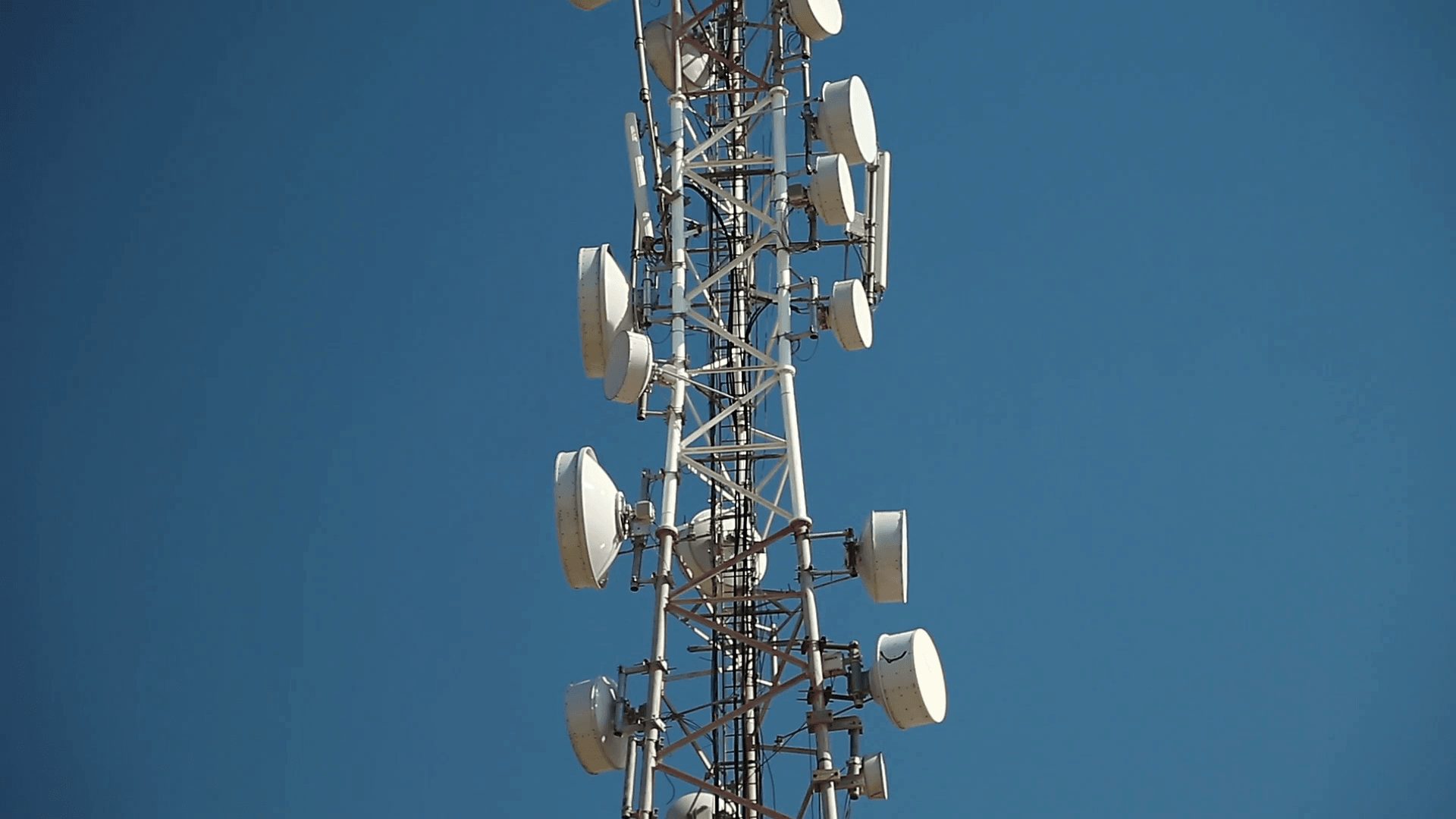The question that gives the title to this post has been made by many people around me and it is information that very few times, teleoperators, take the trouble to facilitate in order that the users of their lines can improve their experience.
All those letters, G, E, 3G, H+, and others, refer to how our mobile connects to the network and based on what type of connection uses the transfer of data and information will be more or less fast, as well as the consumption of the battery.
We will start with some definitions (ordered from slowest to fastest):
- G of GPRS: General Packet Radio Service or general service of packages via radio is an extension of the global system for mobile communications (Global System for Mobile Communications or GSM) for the transmission of non-switched data (or by packets). There is a similar service for mobile phones of the IS-136 system. It allows transfer speeds of 56 to 144 kbps.
- E for EDGE or EGPRS: Enhanced Data rates for GSM of Evolution (Enhanced Data Rates for the evolution of GSM). It is a recent development based on the GPRS system and has been classified as a standard 3G because it can operate at a maximum of 348 kbps. If a smartphone is compatible with EDGE it can be used for the transmission of heavy mobile data, such as receiving large email attachments and navigating complex web pages at high speed.
- 3G or UMTS: Universal Mobile Telecommunications System, called 3G because it is the third generation of mobile systems. The services associated with the third generation provide the possibility of transferring both voices (for a telephone call) and data ( for downloading programs, sending/receiving e-mail and instant messaging ). It allows connection speeds of up to 2 Mbps.
- H HSDPA: High Speed Downlink Packet Access, also known as 3’5G, 3G + or Turbo3G, is the optimization of the UMTS/WCDMA spectral technology, included in the specifications of 3GPP Release 5 and consists of a new channel shared on the link descending (downlink) that significantly improves the maximum capacity of information transfer can reach rates of up to 14 Mbps download, theoretically speaking, since then we are subject to the will of the teleoperators.
- HSUPA H + – (High-Speed Uplink Packet Access or High-Speed Packet Access) is a data access protocol for mobile telephony networks with a high theoretical throughput rate of up to 22 Mbps and 84 Mbps download. Rated as generation 3.75 ( 3.75G)) or 3’5G + is an evolution of the HSDPA. The HSUPA solution will initially boost the 3G upload connection. The HSUPA is defined in the Universal Mobile Telecommunications System Release 6 standard published by 3GPP, as a technology that offers a substantial improvement in the speed for the rise section from the terminal to the network. The HSDPA and HSUPA, offer high voice and data and allow the creation of a large market for mobile multimedia IP services. The HSUPA will improve the applications of advanced data person to person, with greater and more symmetric data ratios, such as e-mail in the mobile and games in real time with another player.
- 4G or LTE: Long Term Evolution. It is the fourth generation of mobile connections, whose implementation in Spain will take place during 2013/2014. It is the next evolutionary step of UMTS technology, whose radio interface based on OFDMA facilitates a higher transfer rate of rising and fall, along with a significant reduction in latency. The theoretical connection speeds it allows are 100 Mbps download and 50 Mbps upload.
What consumes more battery, GPRS or H +?
This is another question I have had to answer many times. Then, you have that simplified answer to the maximum.
- GPRS – it consumes less battery in standby, but more in sending and receiving data.
- H + – consumption more battery waiting, but less in sending and receiving data.

